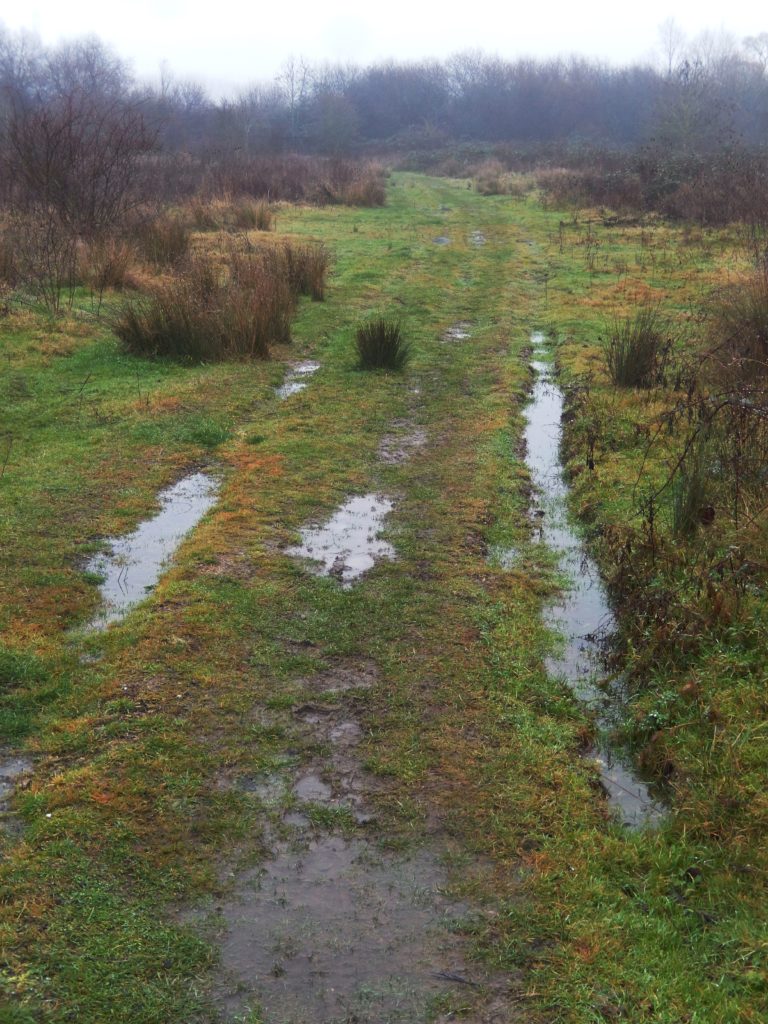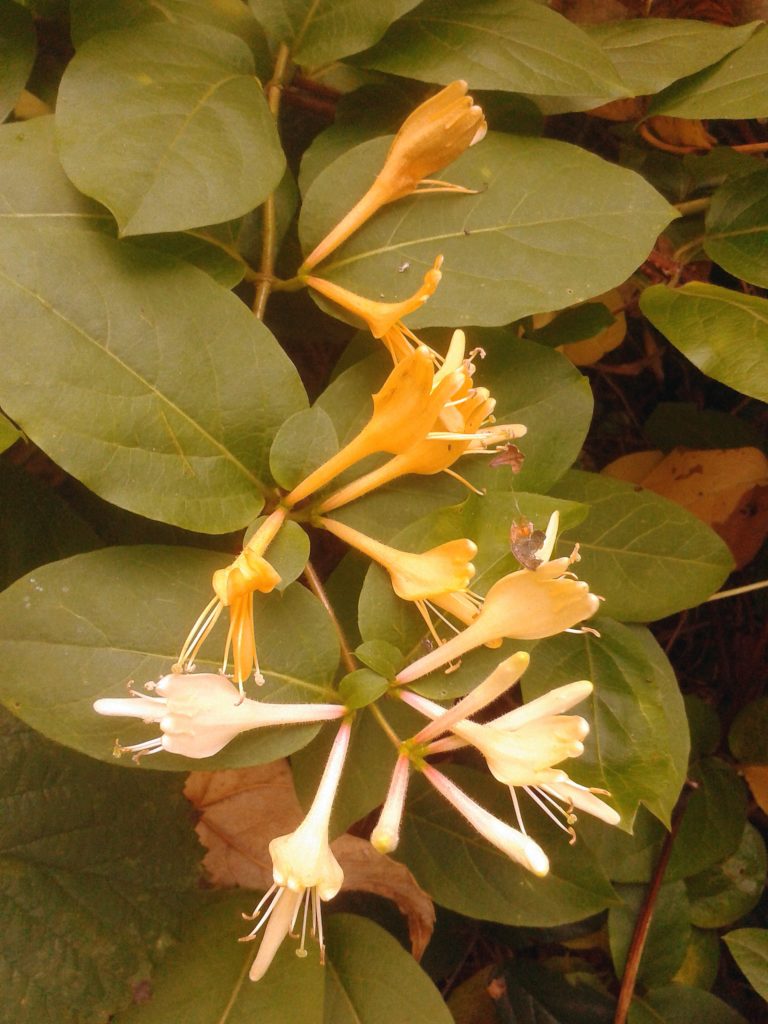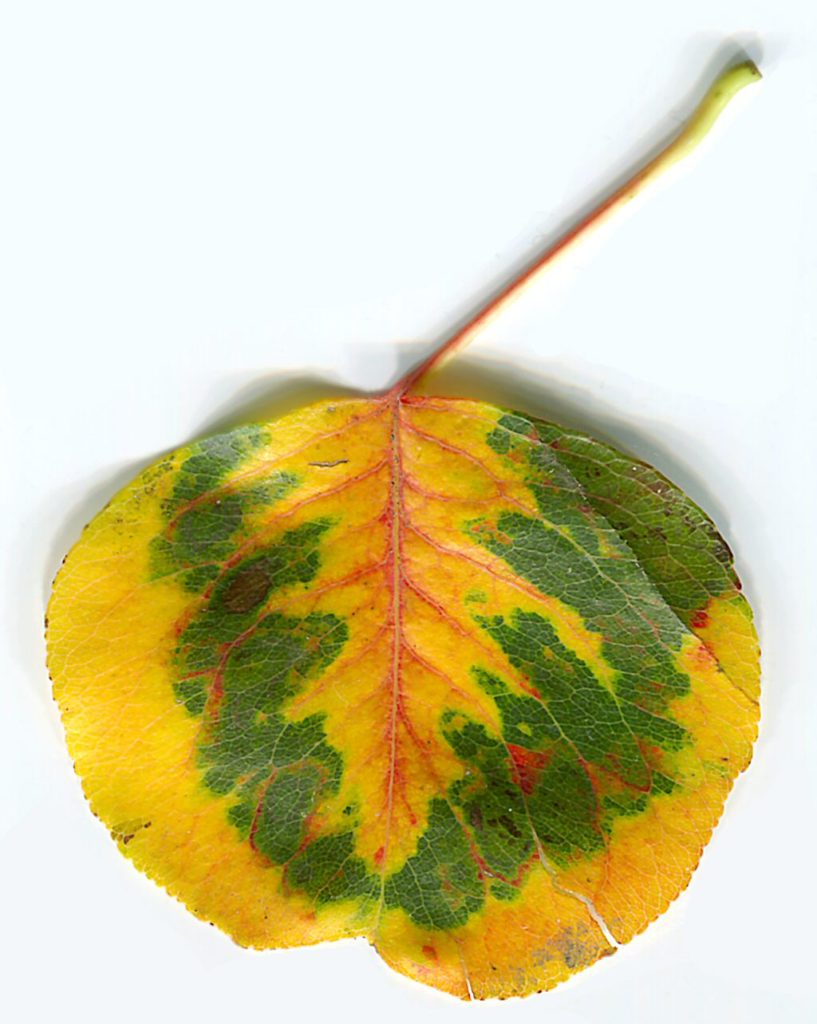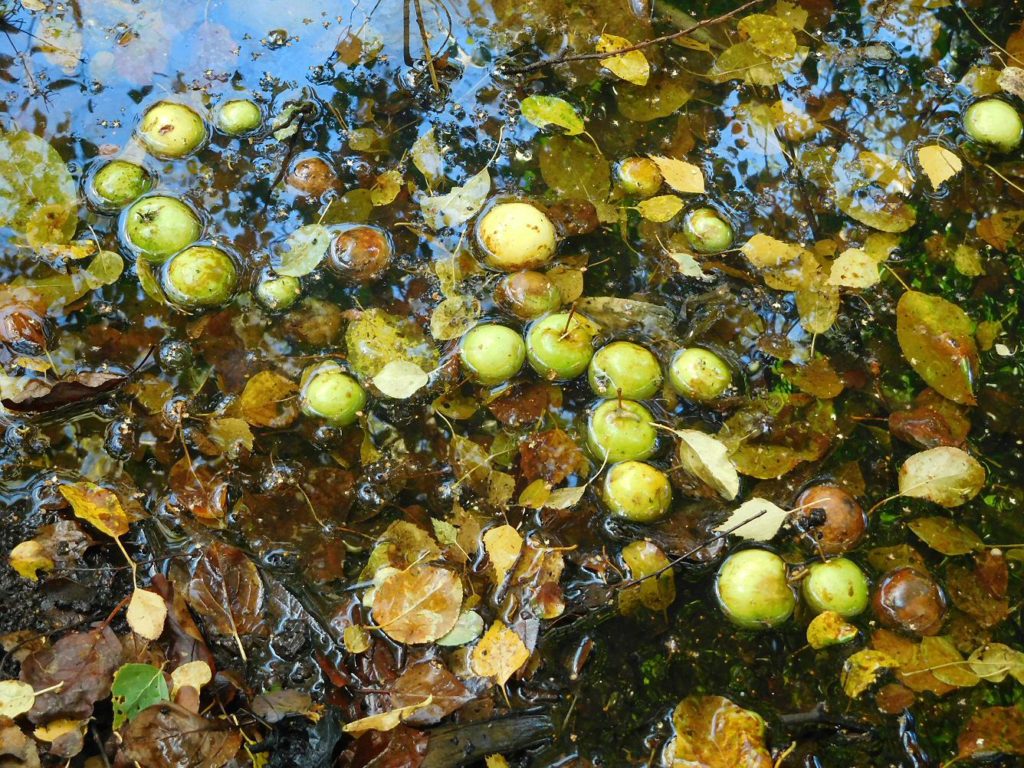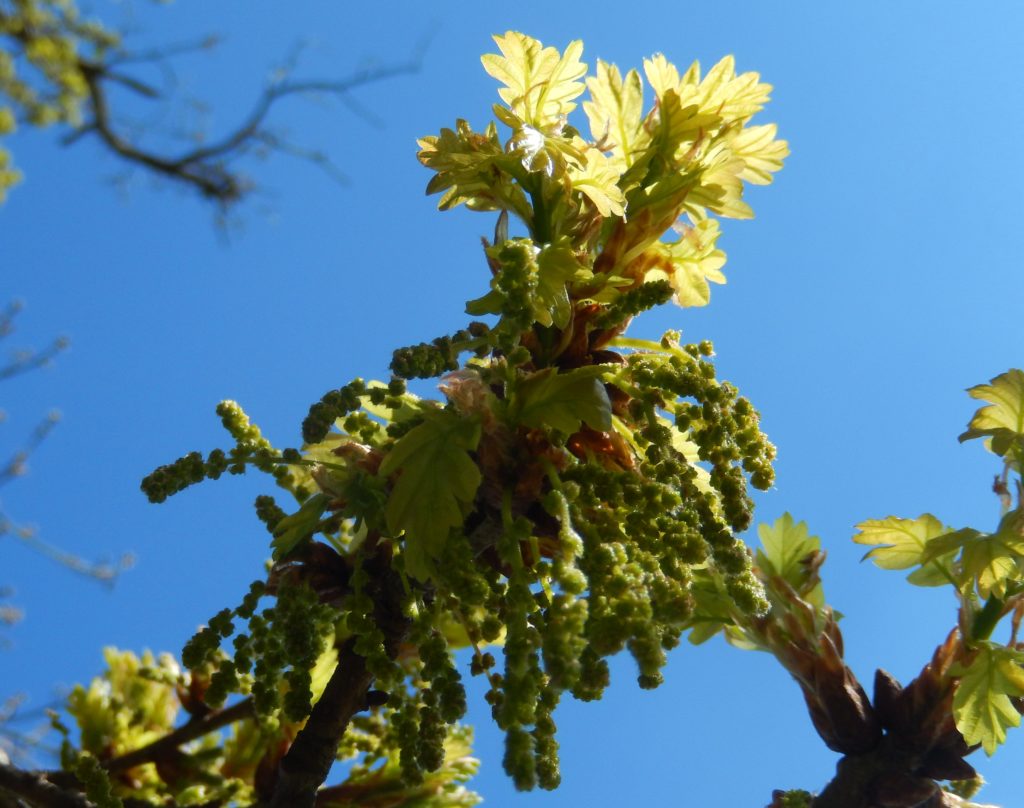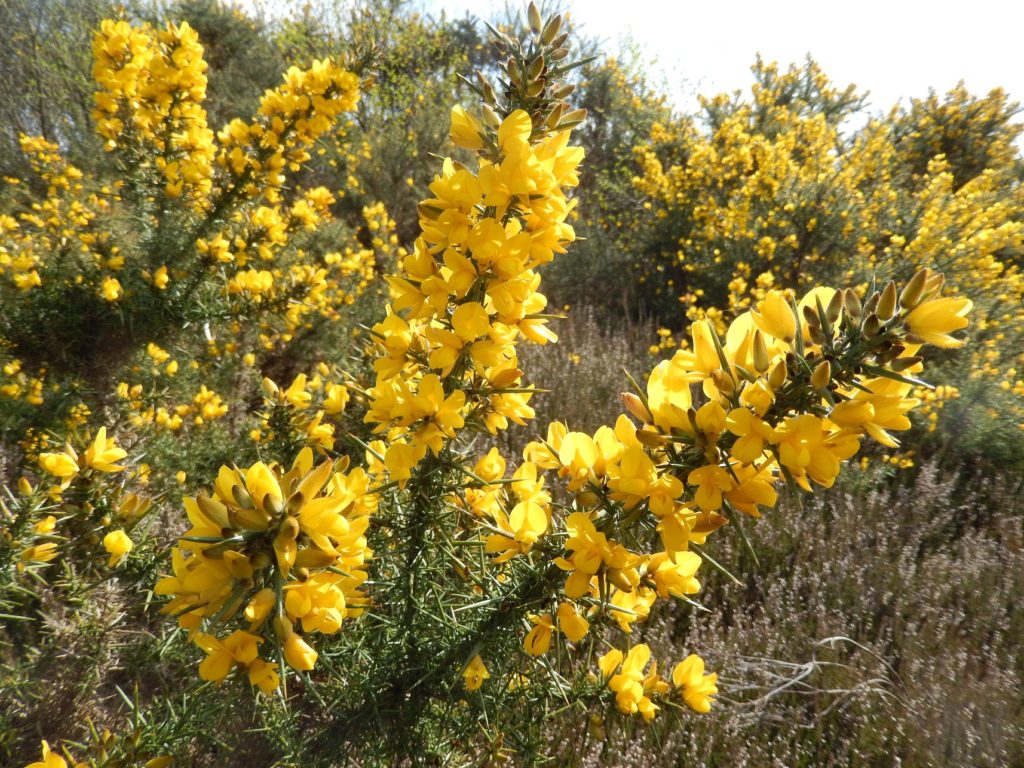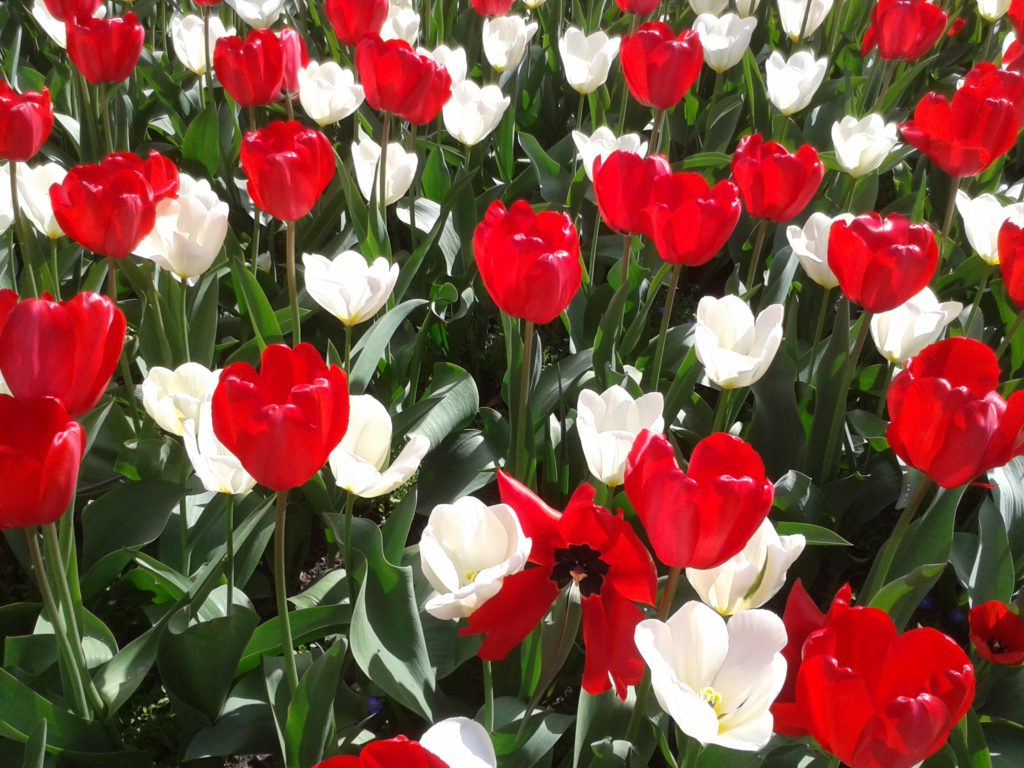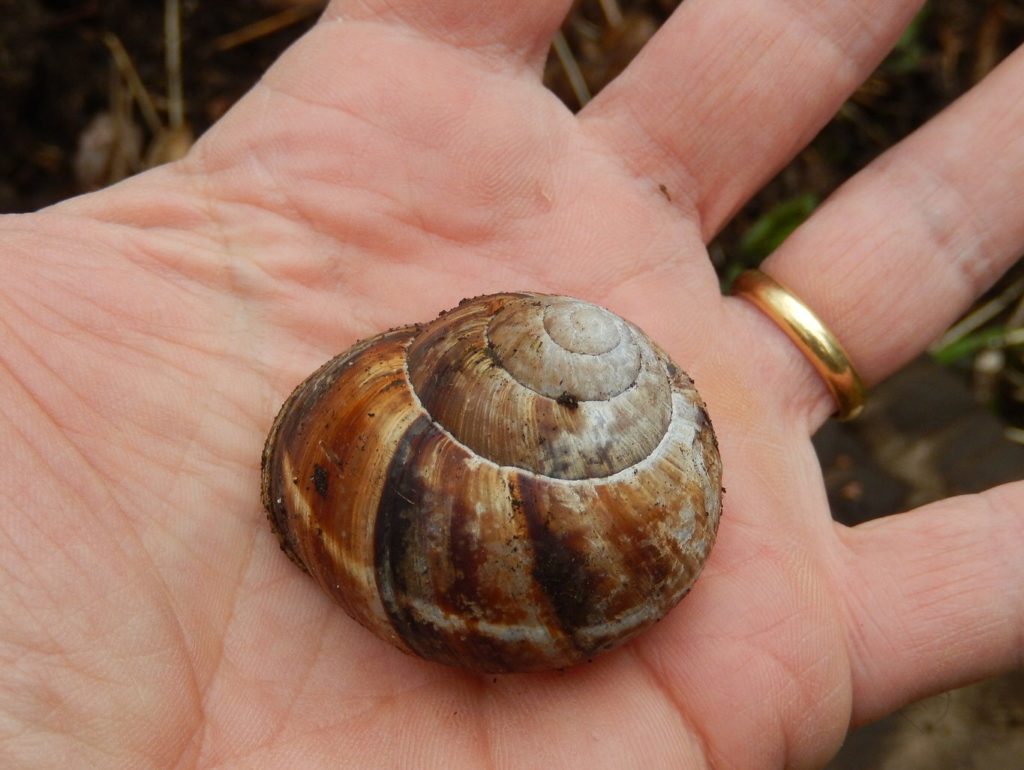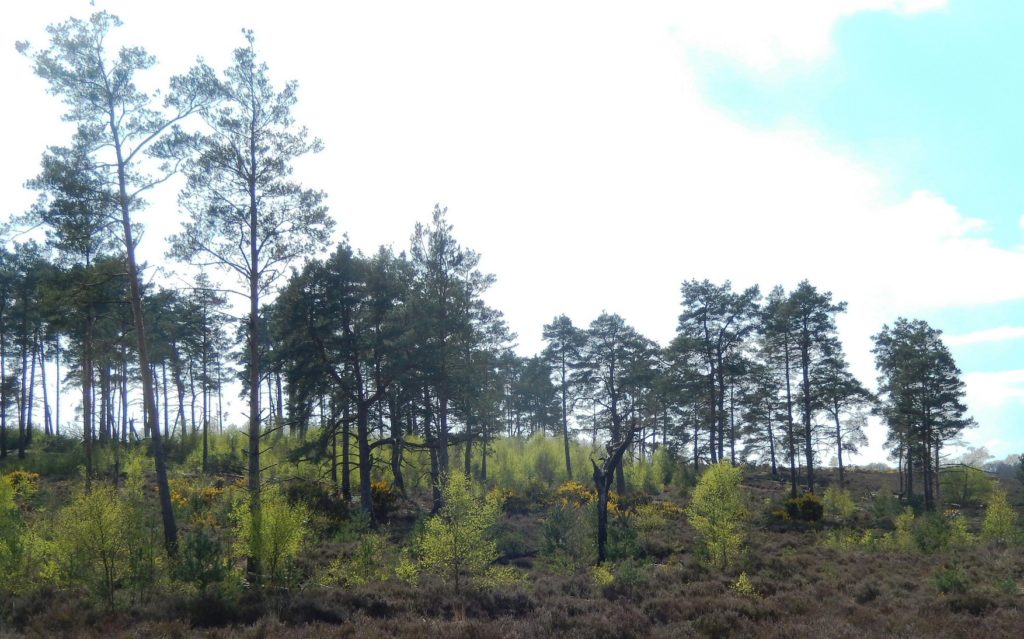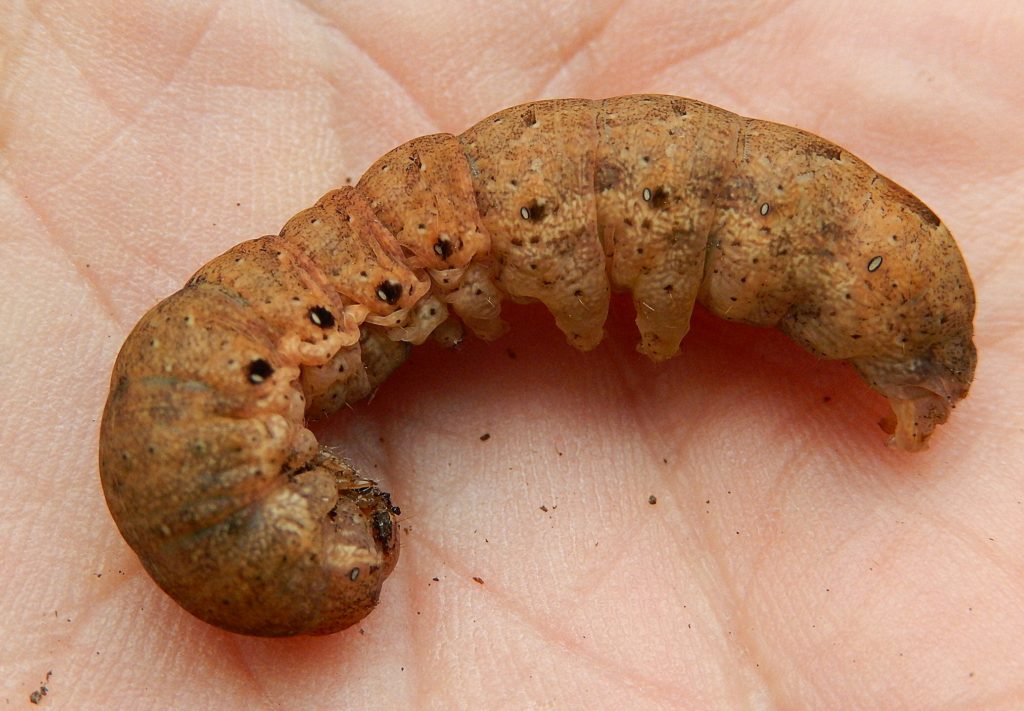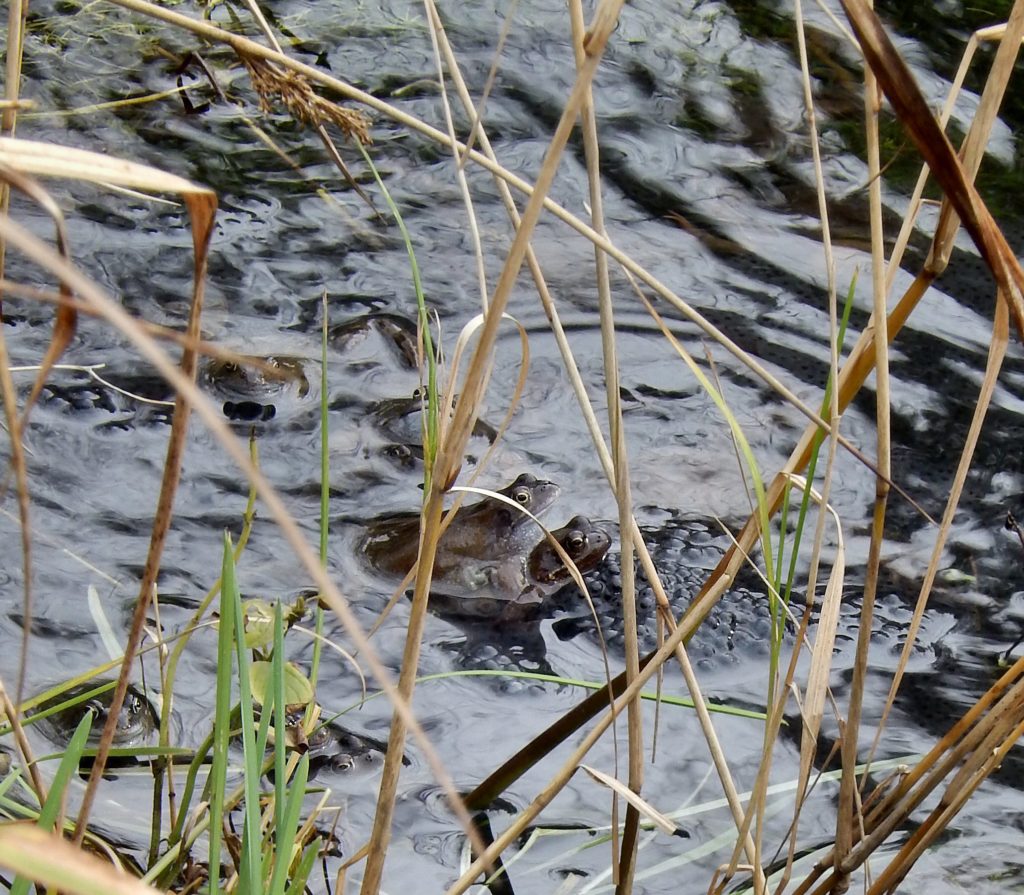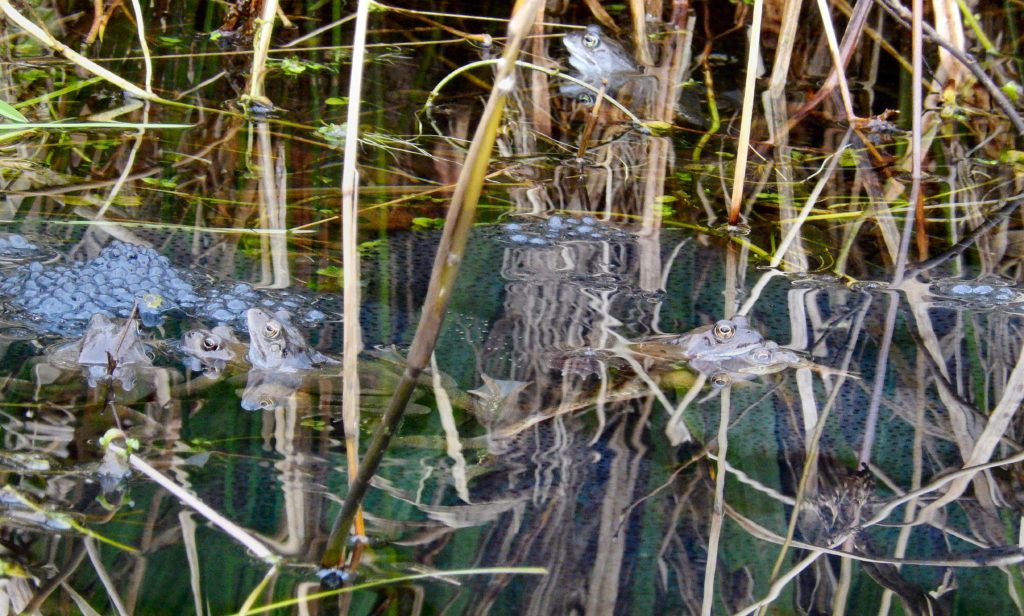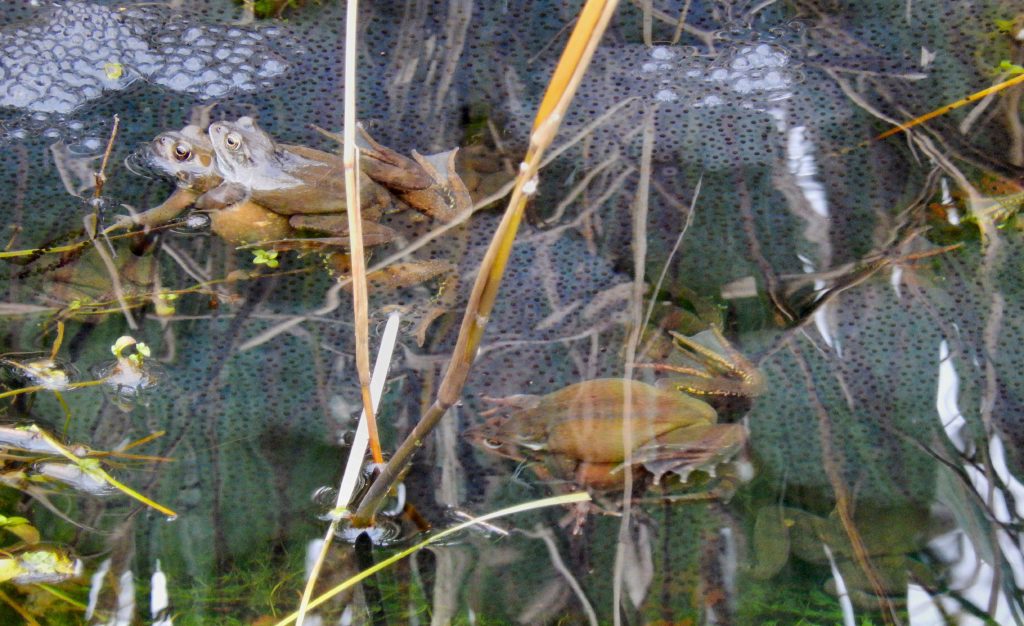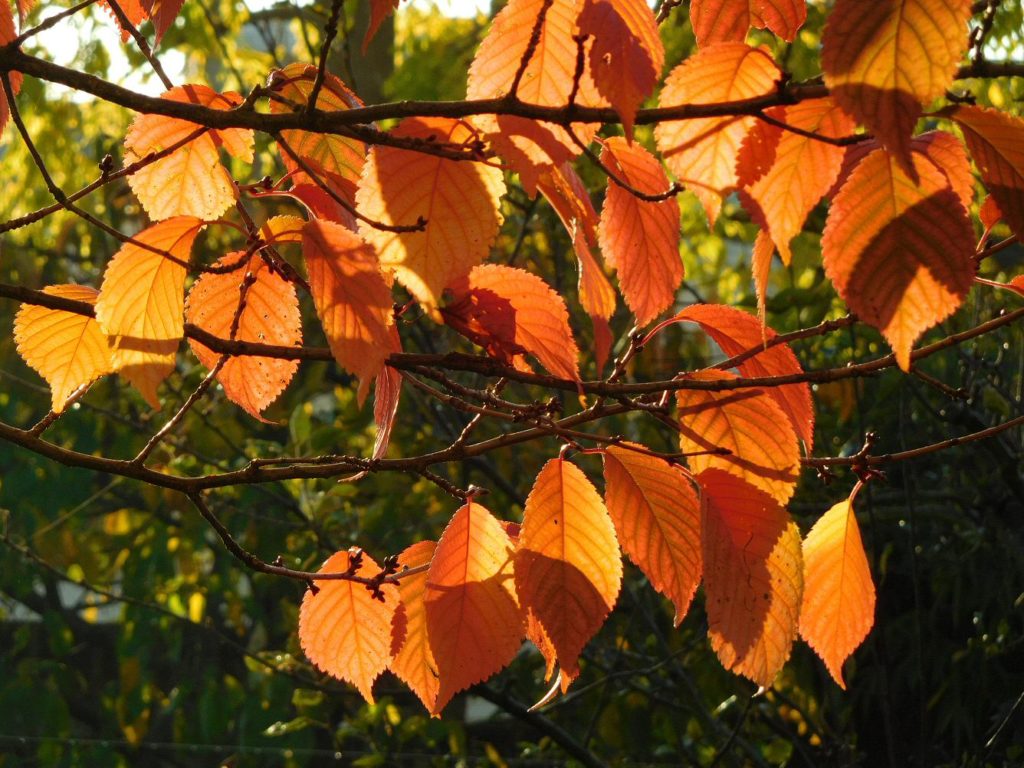
Category Archives: Love of Nature
Honeysuckle in November!
Autumn Street Leaf
Autumnal Scene: Apples Floating in Seasonal Pond
Thursley Common, not just dragonflies
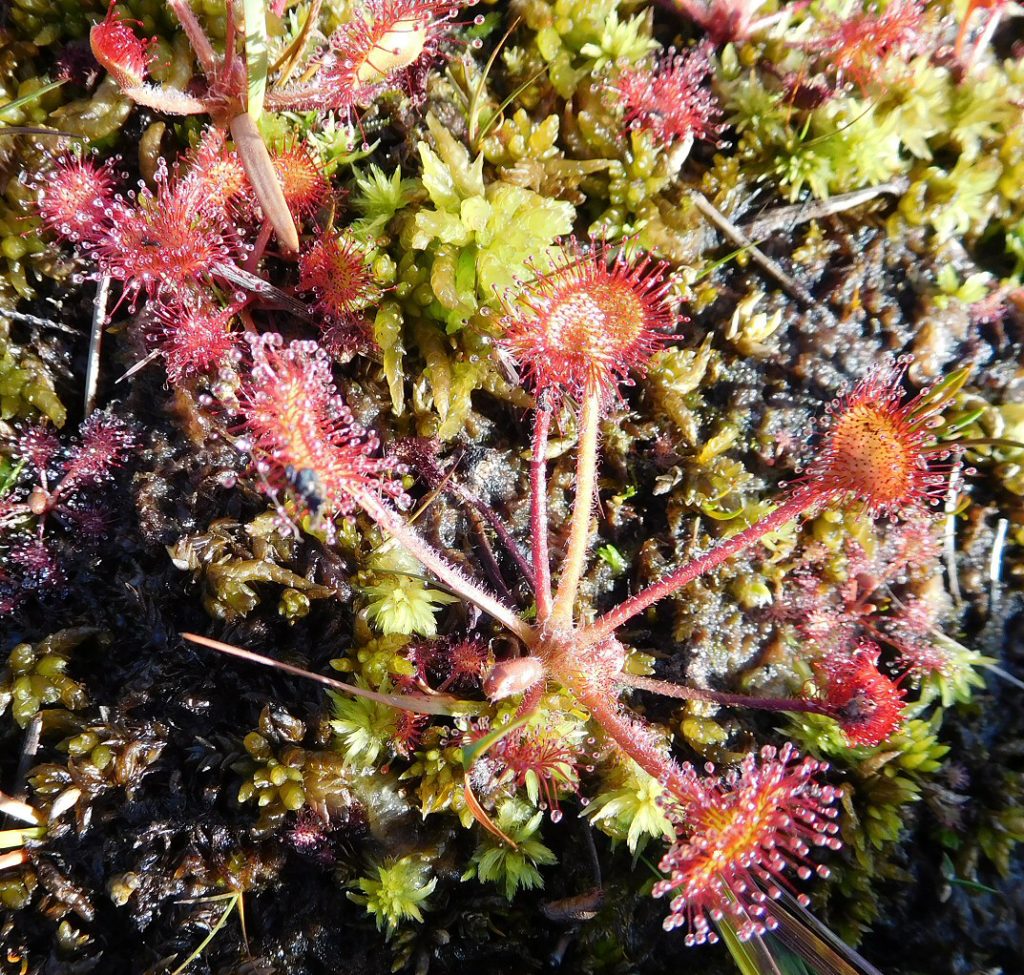
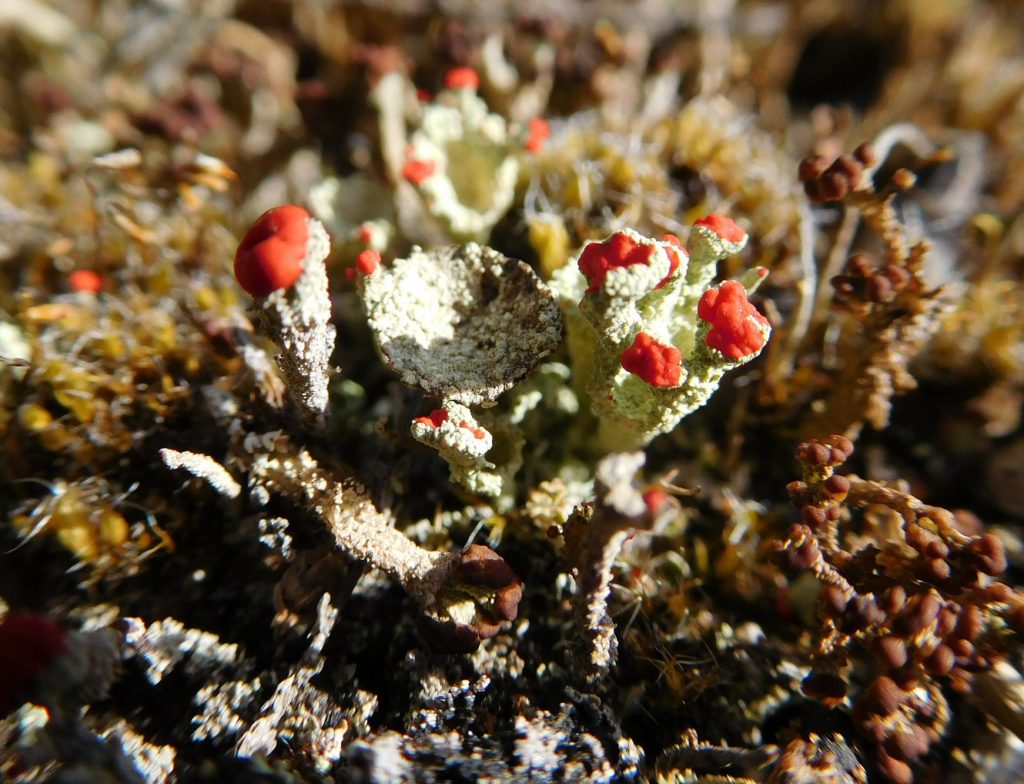
OK, ok, you wanted some dragonflies. There were masses of Black-Tailed Skimmers chasing about in groups at Pudmore Pond. Black Darters, Common Blue Damselflies, and Small Red Damselflies skittered about the smaller ponds. A large Hawker or two dashed past, unidentifiable, probably Southern Hawker. A Keeled Skimmer perched conveniently nearby, daintier than the Black-Tailed.
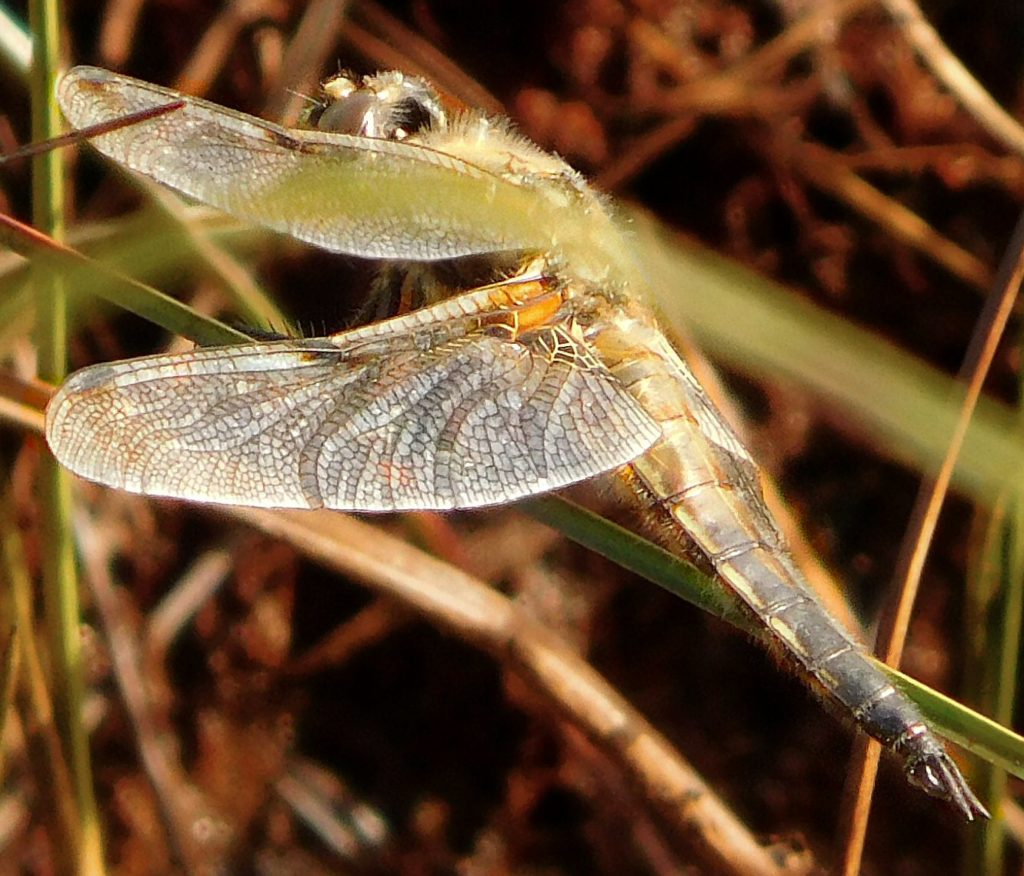
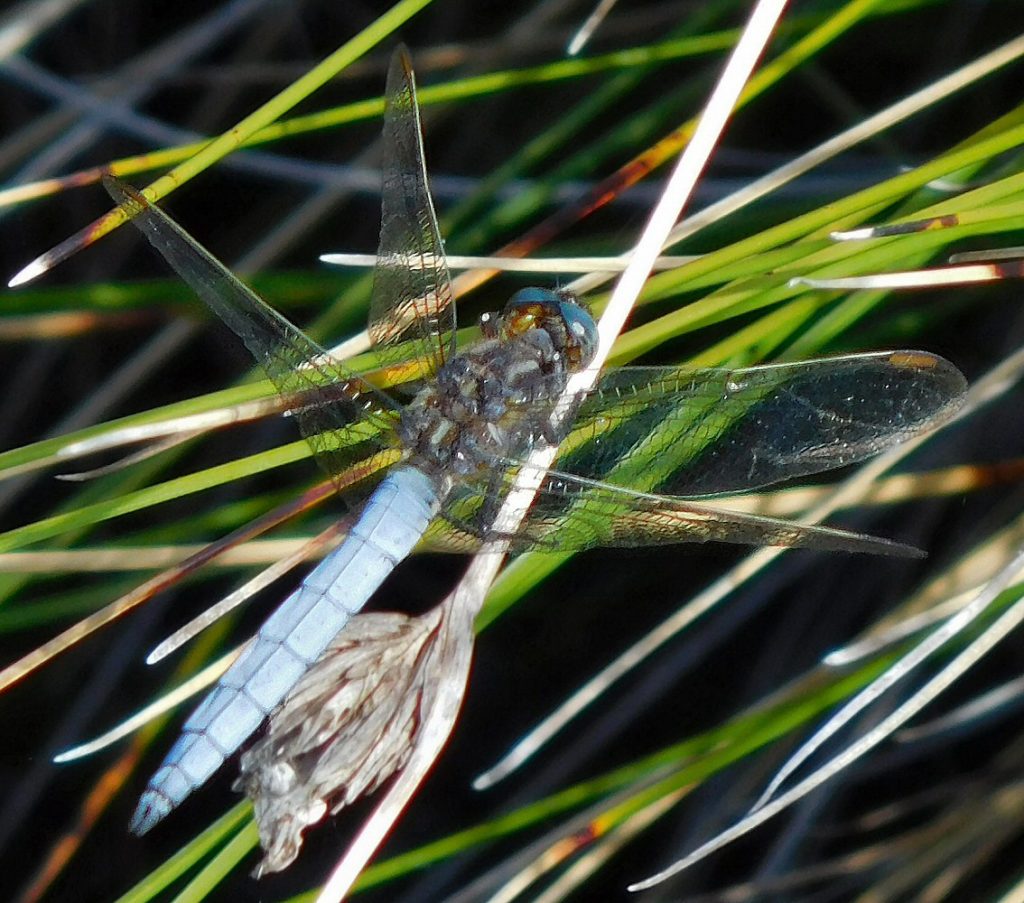
Among the birds, some 50 Swallows were roosting on telegraph wires early in the day. Families of young Stonechats gave grating contact calls, unlike the stone-clicking call of the adults. A Redstart flicked its tail in the bushes. Skylarks rose and sang almost too high to see against the clouds over the heathy hills, Shelley described it perfectly in his ‘To a Skylark’: “a flood of rapture so divine”.
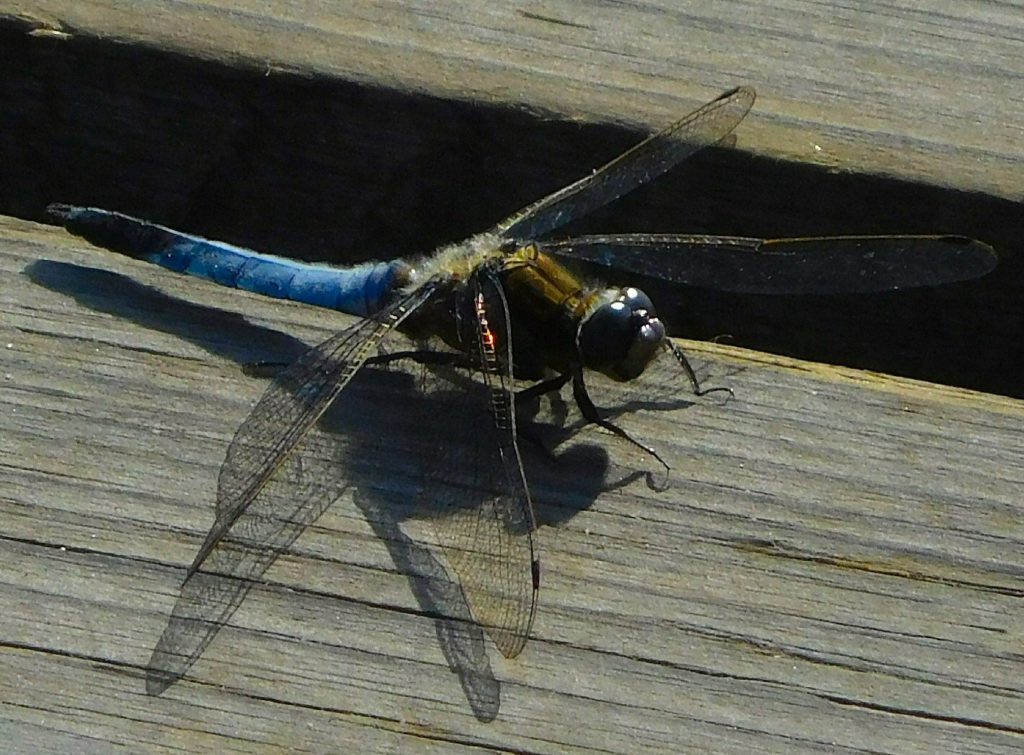
Spring Surprises
Spring arrives in Gunnersbury Triangle!

Spring has arrived, with Orange Tip, Brimstone, Holly Blue, Comma, and Small White butterflies all flying today.
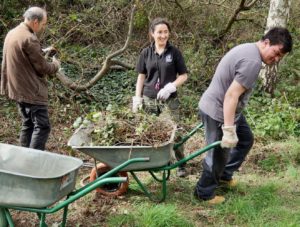
We’re racing to finish clearing the brambles along the edge of the old railway track where we hope to have some neutral or even acid grassland on the railway shingle. Time is against us now, as the warm spring weather and gentle winds have brought the warblers in. Today the first Blackcaps of the year sang in the reserve, along with Chiffchaffs, Wrens, Robins, Dunnocks, Great Tits, and Blue Tits, not to mention the chattering Magpies.
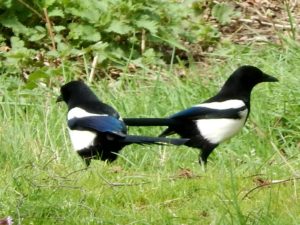
Among other animals celebrating the spring are the foxes, which have made many new holes and can often be seen about the reserve if you come along and sit quietly in the morning.
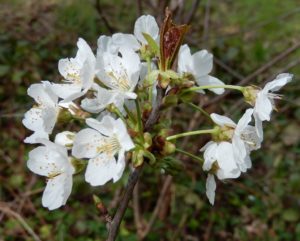
The wild Cherries are in flower all around the reserve, and the Pussy Willow catkins are glowing golden in the sunshine.
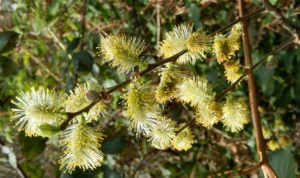
Bufftail Bumblebee queens seem to be everywhere, it being hardly possible to reach down for a bramble or a twig without disturbing one.
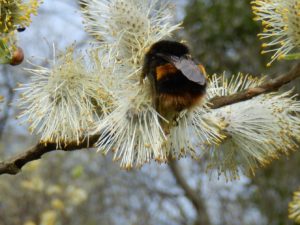
I was pleased to uncover two fine Birch saplings, just coming into new leaf, that had been hidden under the brambles.
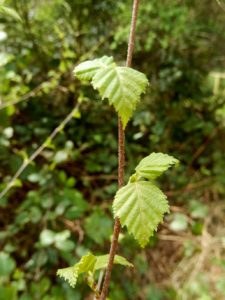
Patrick found a buried milk bottle. We wiped the earth off it and held it up to the light: it read “Golden Seal” in raised curly ‘handwriting’ lettering. The brand vanished in the mergers of the 1970s as dairies grew bigger, so the bottle must have lain undisturbed for perhaps half a century, from before the Triangle became a nature reserve.
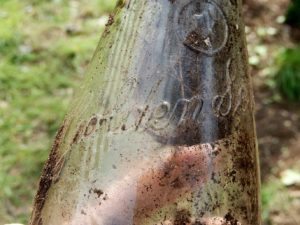
Frogspawn Time!
Bramble root worthy of the Wurzels
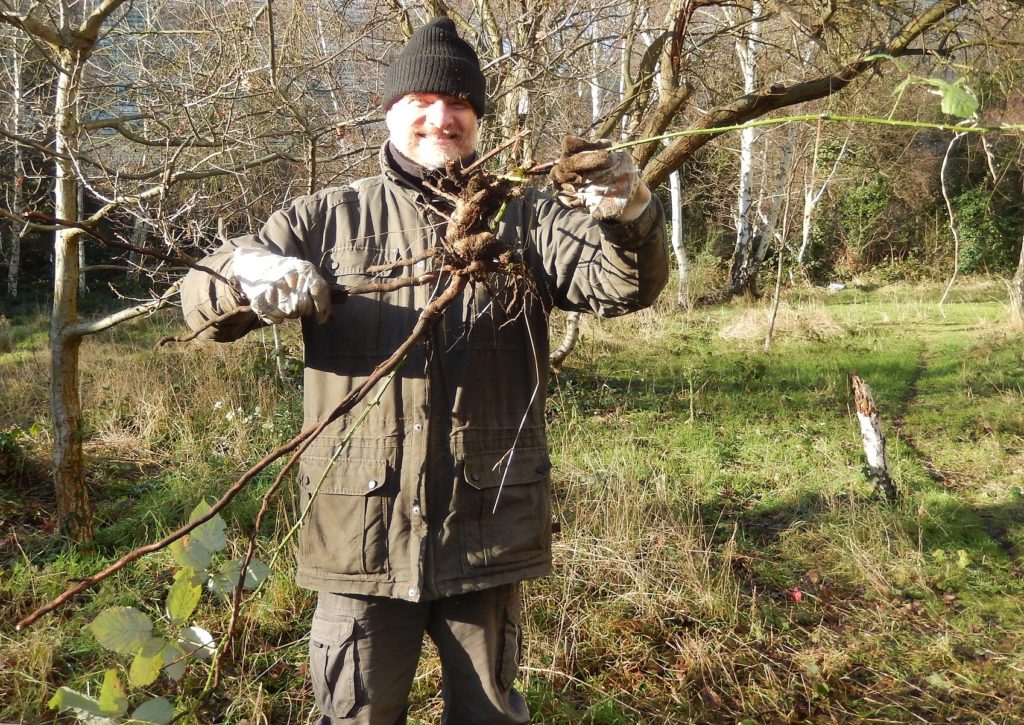
The Wurzels once sang about a giant marrow, to the immortal words “Oh what a beauty / I never saw one as big as that before”. I can’t imagine what they were referring to. Anyway, today in beautiful winter sunshine after days of rain, it was perfect weather for digging brambles out of the South-facing butterfly bank above the old railway track (which I’m standing on in the photo). The ground, too, was ideally soft and well-watered, so the roots came out with hardly any digging. Just before it was time to stop, my fork struck a large lump of wood, right under a small tuft of bramble stalks. I removed the loose earth above it, and made out to my pleasure half-a-dozen stalks that had been clipped off at ground level in earlier years as too difficult to dig out. Well, today was the day, and after really not very much wriggling with the fork, pulling and leaning on the fork handle, I triumphantly wrenched this grandfather-of-all-brambles from the ground, including to my surprise the yard-long taproot below my right hand. In short, a monster, if not a marrow.
The bank, by the way, is the reserve’s best place for Gatekeeper butterflies – we saw 35 there at once, on a stretch of the bank which was well weeded and grassy at the time. Now we have a far longer stretch all de-brambled at once, so perhaps we’ll have a bumper butterfly year, let’s hope so. And there are quite a few young Buddleias (“butterfly bushes”) self-seeded on the bank, a pleasantly “railway” feature, so the signs are good.
Warm Wet Winter Day at Wraysbury Lakes
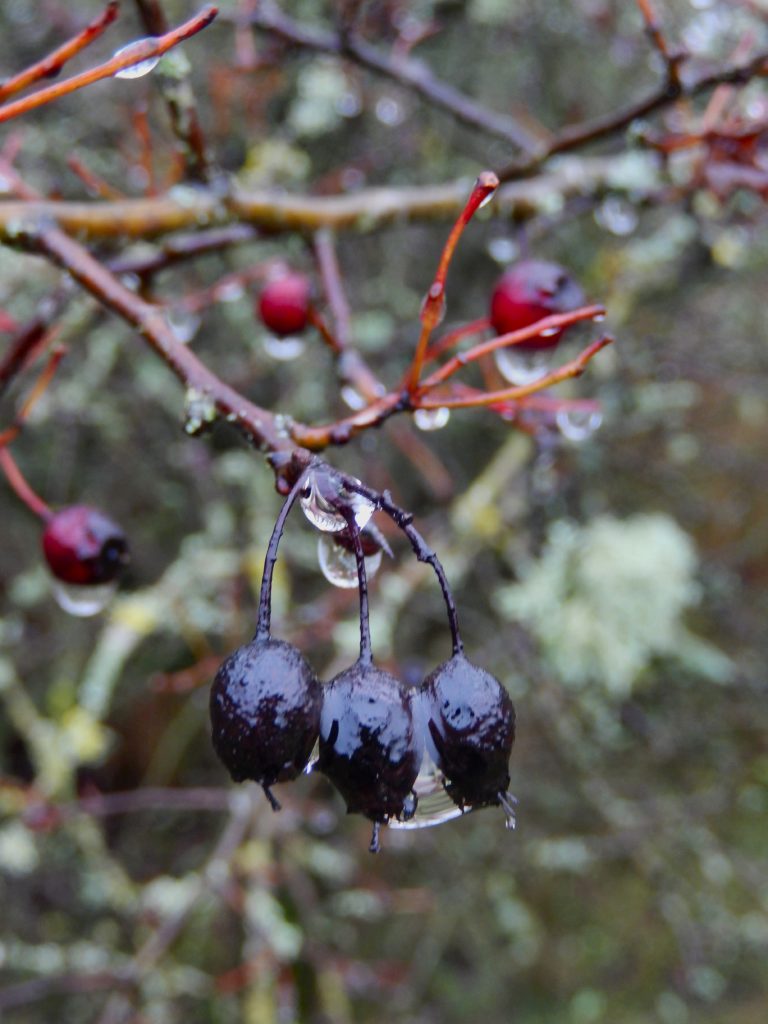
The day was exceptionally warm after the chilly winter weather. The hedgerow plants dripped gently. I liked the colours and light on these blackened rose-hips, still somehow looking invitingly fruity.
The path too was covered in blackened leaves, wet and slippery. On the lake, half-a-dozen Goldeneye, a couple of Pochard, a few Teal, some Tufted Duck, a few Mallard. Apart from the ducks, a couple of Cormorants, two young and very white Great Crested Grebes. On the meadows, a Green Woodpecker, flocks of Goldfinches, scattered Redwing and Fieldfare, a flock of Carrion Crows.
